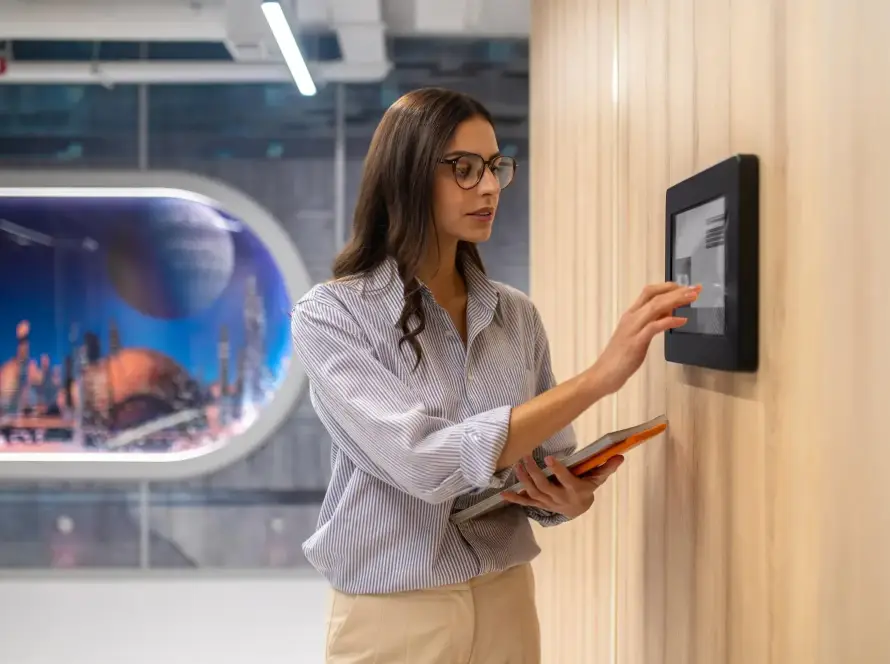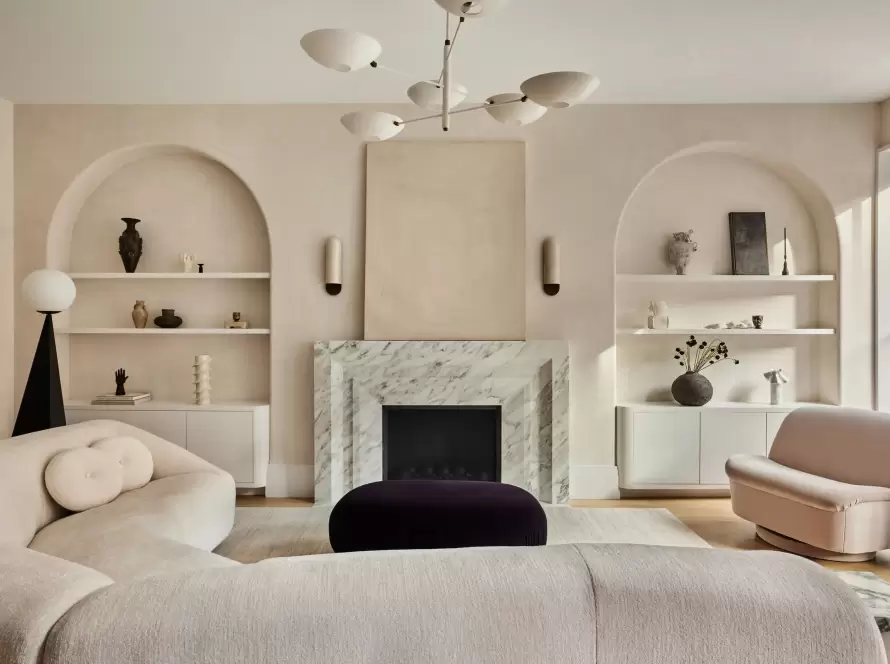In the quest for a more conscious and eco-friendly lifestyle, sustainable interior design has become a growing trend. The idea of creating cozy and stylish spaces without compromising the health of the planet is gaining ground, and more and more people are looking for eco-friendly options to transform their homes. In this article, we will explore how sustainability and ecology can merge harmoniously in interior design to create beautiful, eco-friendly environments.
1. Sustainable Materials: Beyond Aesthetics
The first step to sustainable interior design is to choose materials carefully. Opting for recycled, renewable and low environmental impact materials is essential. Certified woods, bamboo, cork and recycled steel are popular choices that offer durability and style without contributing to the depletion of natural resources. Selecting organic and sustainable textiles is also crucial, promoting responsible agriculture and reducing carbon footprint.
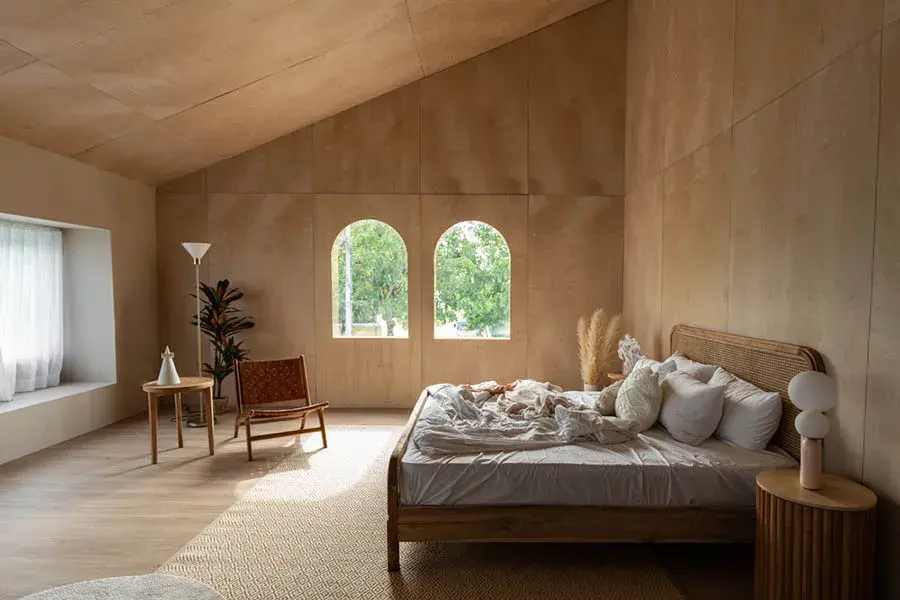
2. Efficient and Natural Lighting
Lighting plays a key role in interior design, and choosing sustainable options can make all the difference. Energy-efficient LED bulbs and solar lamps are efficient alternatives that reduce electricity consumption. In addition, taking advantage of natural light through strategically placed windows and light curtains can not only improve energy efficiency, but also create warmer, healthier environments.

3. Versatile and Durable Furniture
Sustainable furniture goes beyond aesthetics, focusing on durability and versatility. Opting for pieces that are timeless and made from recyclable or recycled materials ensures a longer lifespan and reduces the need for constant replacement. Reusing and restoring antique furniture also contributes to sustainability by avoiding waste and encouraging creativity in design.

4. Energy Saving Oriented Design
Interior design planning can significantly influence energy consumption. Strategically arranging spaces, choosing light colors to maximize natural light, and installing efficient HVAC systems are key elements. Incorporating smart technologies, such as programmable thermostats and energy management systems, can further reduce a home’s carbon footprint while maintaining a comfortable environment.
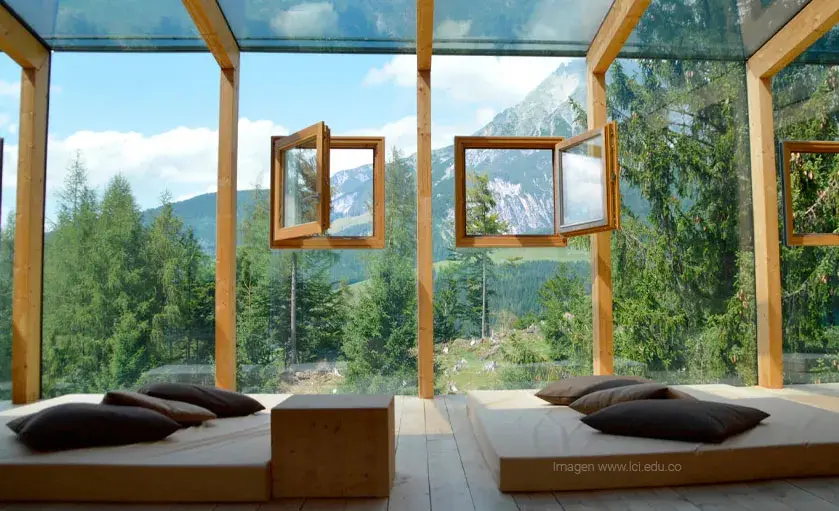
5. Sustainable and Customized Accessories.
Details make all the difference in interior design, and choosing sustainable accessories can enhance the green aesthetic. From rugs and curtains to artwork and decorative objects, opting for products made locally, by hand and from recycled materials can add a unique and ethical touch to any space.
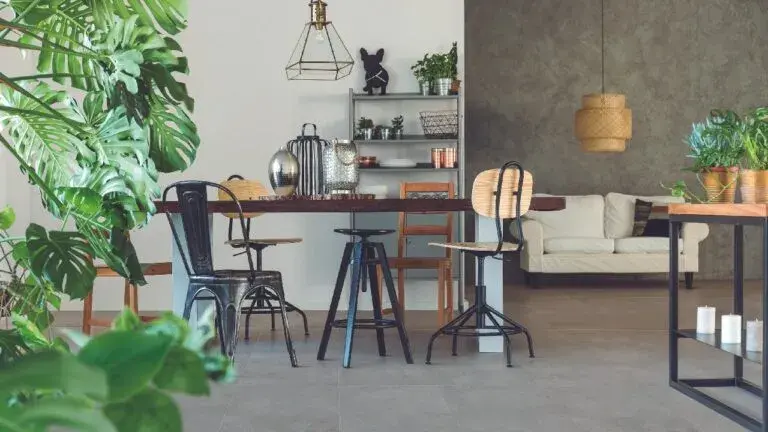
In conclusion
Sustainable interior design not only beautifies homes, but also embraces environmental responsibility. By adopting eco-friendly practices, from the choice of materials to the arrangement of furnishings, we contribute to the preservation of the planet while creating spaces that reflect our awareness and respect for the environment. Transforming our home into a sustainable sanctuary is more than a trend; it is a conscious decision that positively impacts our lives and the future of the planet.

